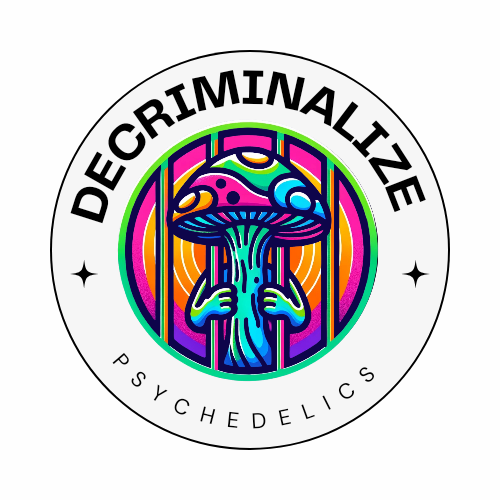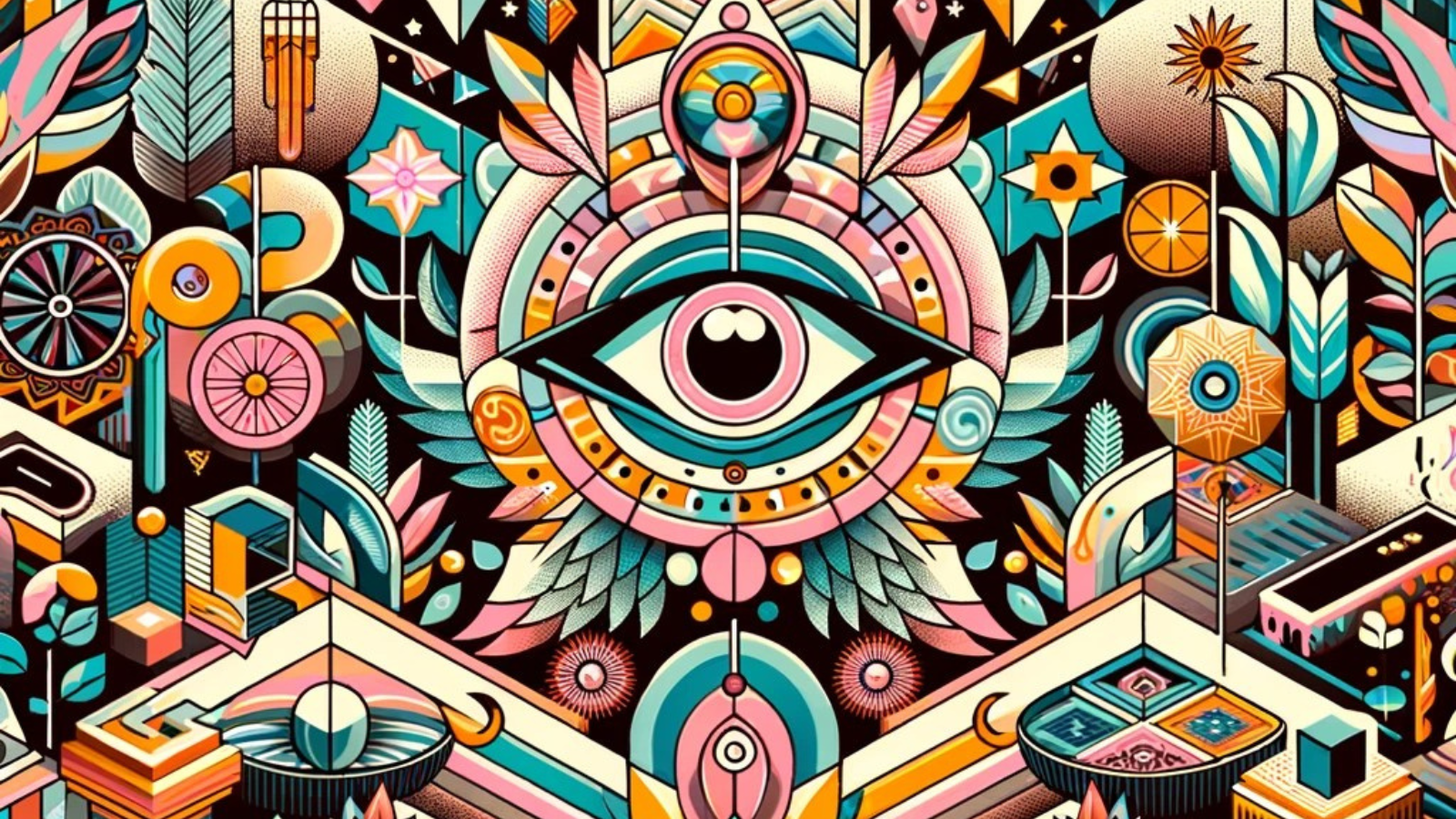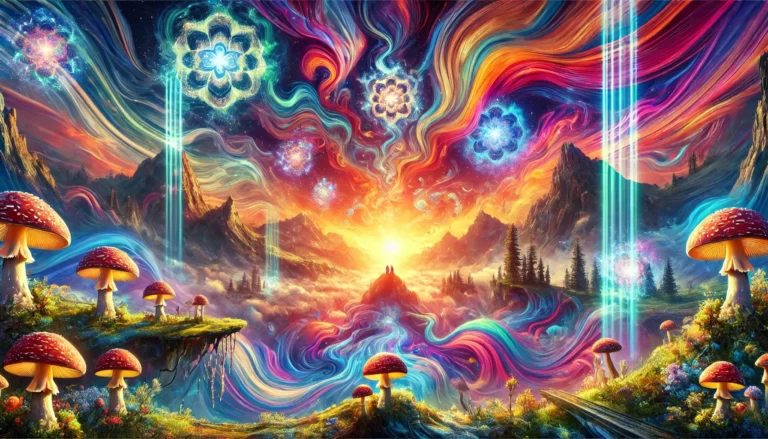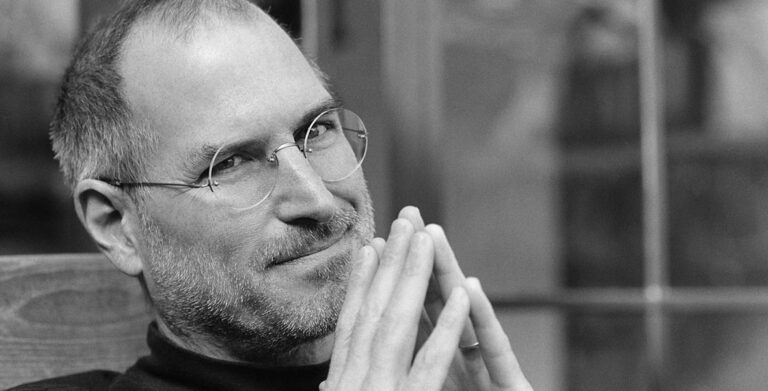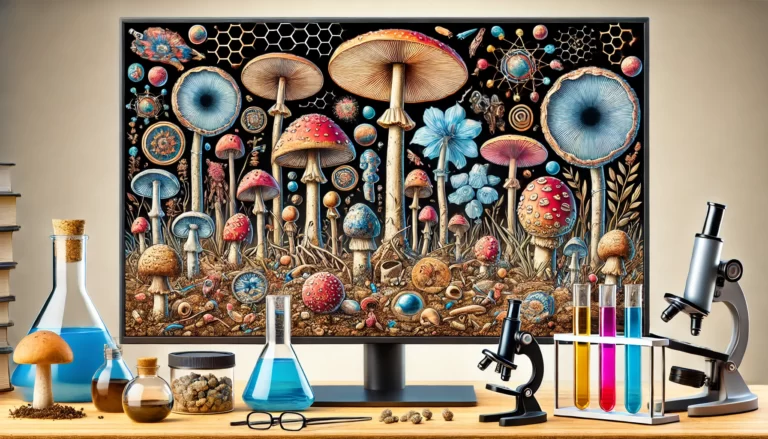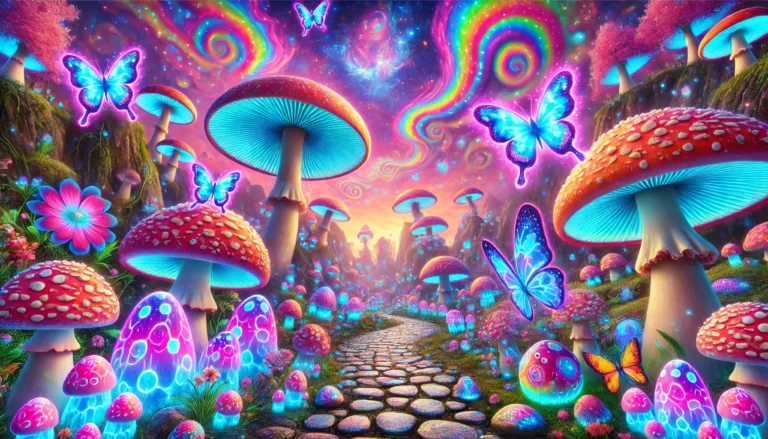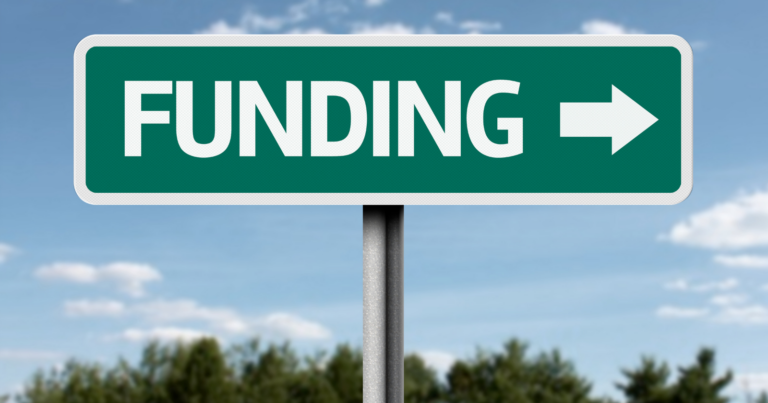As we delve into the vibrant world of modern art movements, it becomes clear that psychedelics have contributed in shaping the aesthetic and conceptual frameworks of many artists.
My journey through the realms of both psychedelics and art has offered me a unique perspective.
Here, we talk about the role of psychedelics and their contribution to modern art movements – including some of the most influential people in the landscape.
A Brief History of Psychedelics Contributions to Art
The relationship between psychedelics and art is not a product of modern times. But, has historical roots that reach deep into various cultures where natural hallucinogens were used in religious and spiritual rituals.
It was in the mid-20th century, that this connection blossomed in Western art. During the 1950s and 1960s, as psychedelic drugs became more accessible, they began to significantly impact artists.
The Psychedelic Art Movement
Psychedelic Art, characterized by its vivid colors and swirling patterns, aimed to replicate the hallucinatory experiences induced by these substances.
Artists like Peter Max didn’t use psychedelics as a tool for inspiration he sought to convey the profound.
I’ve found that psychedelics can dissolve the barriers between the self and the artwork, allowing for a direct, unmediated connection with the creative process.
Influence Beyond Visuals
The impact of psychedelics extends beyond visual art. Psychedelics influenced the literature of the Beat Generation and the music of the 1960s and 1970s.
Iconic figures such as Jimi Hendrix and The Beatles incorporated psychedelic experiences into their work.
This influenced visual artists to break traditional norms and explore the dynamic, fluid forms that define so much of what we now consider modern art.
Personal Takes and Artistic Freedom
From a personal standpoint, my engagement with psychedelic art has always been about more than just aesthetics. It’s about the freedom to explore the inner workings of the mind and to reflect on the nature of perception and reality.
Psychedelics have a way of peeling back the layers of mundane reality, revealing a world that is bursting with life.
The Role of Entheogens
Entheogens, substances that “generate the divine within,” are central to the works of modern psychedelic artists. These substances facilitate a journey into the psyche that many artists believe is essential for authentic creative expression.
I’ve observed that these journeys often result in artworks that reflect a deep understanding of the human condition.
These are understandings that are shared across various cultures and spiritual traditions.
The Contemporary Scene and Modern Artists
The influence of psychedelics on modern art is as relevant as ever. Contemporary artists like Alex Grey, who incorporate complex, detailed anatomical designs with deep spiritual themes, continue to draw on the visionary potential of psychedelics.
These substances help artists transcend the typical boundaries of expression, exploring and articulating multidimensional aspects of human consciousness.
Following in Grey’s footsteps, artists like Amanda Sage and Android Jones have embraced the potential of digital mediums to express psychedelic visions. Sage’s paintings are vibrant and flowing, embodying themes of transformation and transcendence.
But, Jones utilizes digital art to create immersive experiences that blend the fantastical with the mystical.
These artists contribute to a growing body of work that not only reflects individual explorations into the psyche but also taps into a collective consciousness—a shared understanding of life’s interconnectedness.
1) Alex Grey
Alex Grey is perhaps the most emblematic figure of modern psychedelic art.
His work, characterized by intricate metaphysical elements, seeks to depict universal, often sacred, dimensions of human consciousness. Grey’s art is not just seen; it is experienced.
His pieces, such as “Theologue” and “Net of Being,” are visual meditations that invite viewers into a deep contemplative state about the interconnectedness of all life.
As an artist, I find Grey’s ability to translate complex spiritual concepts into visual form both inspiring and challenging, pushing me to think about the potential of art as a tool for metaphysical exploration.
2) Android Jones
Coming from a background that blends classical art training with a profound interest in the psychedelic experience, Android Jones has developed a unique artistic voice. His work is characterized by a complex layering of images, combining elements from different cultures and spiritual iconography with a futuristic aesthetic.
This synthesis is made possible by his mastery of digital tools, which he uses to manipulate colors and forms in ways that are both visually striking and deeply evocative.
Immersive Experiences
One of the most distinctive aspects of Android Jones’ work is his emphasis on creating immersive experiences. He has been at the forefront of incorporating augmented reality (AR) and virtual reality (VR) into his art.
For instance, his project “Samskara” is an immersive experience based on Vedic tales, showcased in exhibition spaces around the world. This project exemplifies how he uses cutting-edge technology to make psychedelic art more interactive and experiential.
3) Amanda Sage
Amanda Sage’s approach to art is deeply rooted in her commitment to using creativity as a tool for personal and collective transformation. Trained under the tutelage of visionary artists such as Ernst Fuchs and Michael Fuchs, she has mastered the Mischtechnik.
This technique allows her to achieve incredible depth, making her works not only visually stunning but also richly symbolic.
Contributions to the Psychedelic Art Movement
Sage’s contributions to the psychedelic art movement extend beyond her individual artworks. She is a key figure in the global visionary art community. Also, participating in and organizing events that promote the use of art as a means of spiritual inquiry and social change.
Her involvement in projects like the Vienna Academy of Visionary Art. She teaches and mentors emerging artists, demonstrates her commitment to nurturing the next generation of visionary artists.
The Impact of Psychedelics on the Modern Art World
The influence of psychedelics on modern art movements extends into how art is consumed and appreciated. Psychedelic art has found a place in galleries, online platforms, and large-scale installations, reflecting its integration into mainstream art culture.
The rise of virtual reality and augmented reality offers new avenues for psychedelic art. This technological evolution drives home the idea that psychedelic art is not just seen but is an immersive, multisensory experience.
The modern psychedelic art movement is a testament to the power of psychedelics to influent viewers to question their perceptions.
As someone deeply embedded in this artistic milieu, I see these developments not merely as an evolution of style or technique but as a profound shift in the role of art in society—a shift towards art as a gateway to spiritual and existential discovery.
